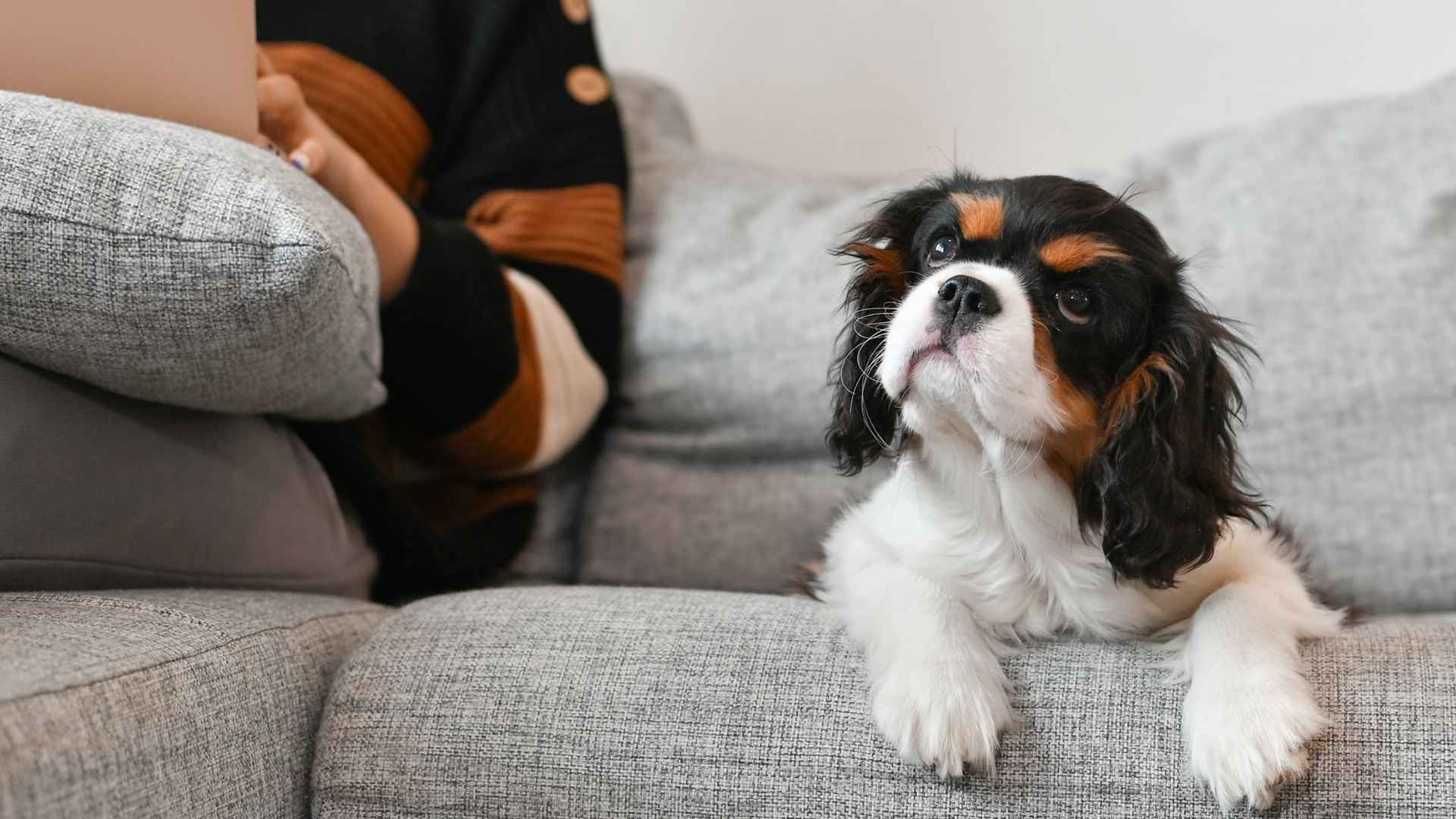Ever wonder if there’s a dog breed that actually suits your 9-to-5 life? You’re not alone. So many professionals want a pet but worry about time, guilt, or constant care.
The truth is, some dogs don’t just tolerate your schedule—they fit it naturally. They aren’t demanding, don’t suffer when alone, and adapt well to routine. While some dogs thrive on constant attention, others are independent, relaxed, and happy to snooze the day away.
The key is finding a breed that respects your hustle and still brings joy when you walk through the door. You don’t have to give up companionship for career growth. You just have to choose wisely.
Whether you’re a nurse doing long shifts, a remote worker with a packed schedule, or commuting daily, this article will help you find a dog who works with your work life.
Best Dog Breeds for Working Professionals
1. Greyhound
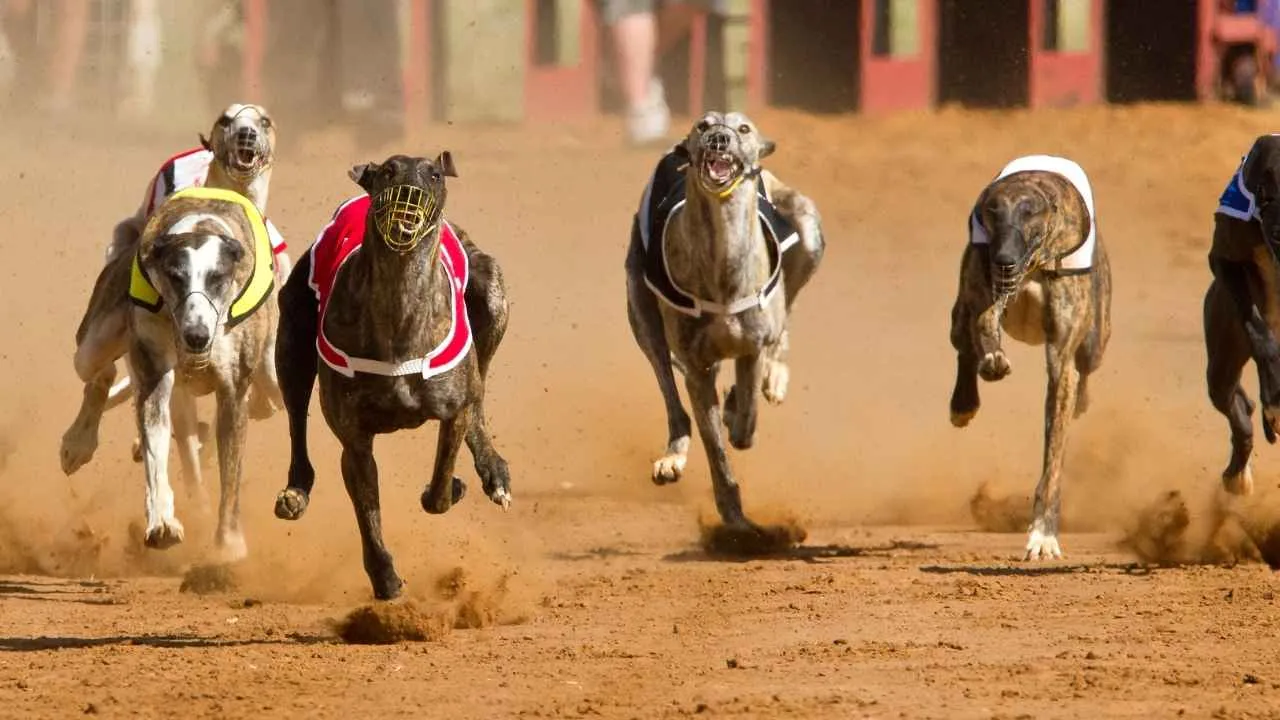
Greyhounds are one of the few athletic breeds known to rest more than they move. They typically sleep up to 18 hours a day, making them well-suited for quiet routines. Their calm indoor behavior contrasts with their track history, which often surprises new owners.
Short Coat, Simple Care
With short, fine fur and minimal shedding, grooming needs stay manageable year-round. They don’t carry a doggy odor and usually require only light brushing and basic hygiene. This makes them ideal for people seeking a low-maintenance routine without daily upkeep.
Built for Quiet Time
Although fast outdoors, they don’t crave constant stimulation or play. Most retired racers adjust well to apartment life and will spend hours lounging alone. For someone who works long hours, this breed’s quiet independence is often the easiest match.
An Unexpectedly Sensitive Side
They’re known to form deep, loyal attachments to their owners without being overly clingy. Their sensitivity to tone and emotion often makes them responsive to a peaceful home. Greyhounds also have lower body fat, which makes them more sensitive to temperature than many other breeds.
2. Basset Hound
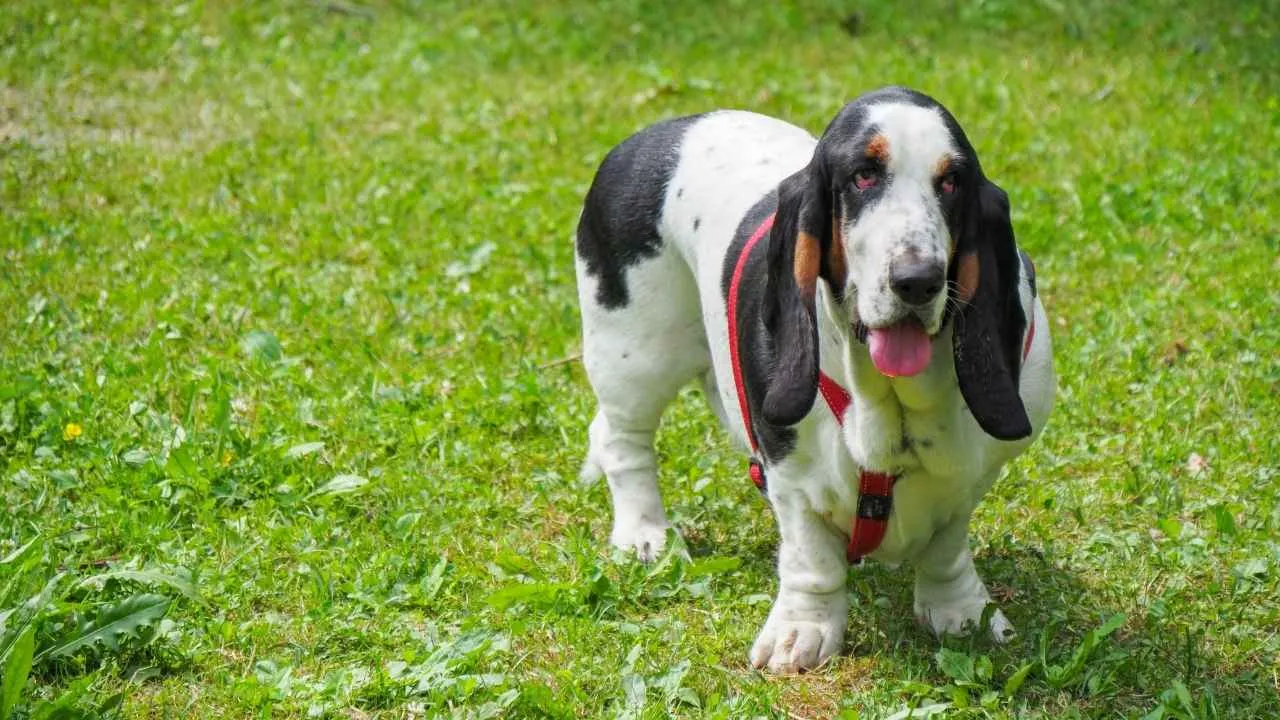
Basset Hounds are known for their easygoing nature and steady temperament around the house. Their movements are slow, and they tend to prefer lying down in familiar spots for hours. This calm presence makes them one of the most naturally low-energy breeds for apartment or indoor life.
Ears, Eyes, and Ground-Level Awareness
With large, droopy ears and a long, low body, they have a strong sense of ground scent, as per Zealandia Pets. Their short legs keep them close to the ground, which makes them excellent trackers even in domestic environments. Regular cleaning is essential to keep their ears healthy and free from buildup.
Routine Over Rush
Bassets adjust well to consistent schedules and are not demanding about exercise or attention. Short daily walks and predictable feeding times help them stay balanced and relaxed. For owners who work full-time, this breed’s tolerance for alone time is a helpful trait.
Independence with a Hint of Stubbornness
They often make decisions at their own pace, which can be seen during training sessions. It’s important to make sure commands are delivered with patience and clarity. Although loyal, they don’t respond well to harsh tones and do better with reward-based approaches.
3. Cavalier King Charles Spaniel
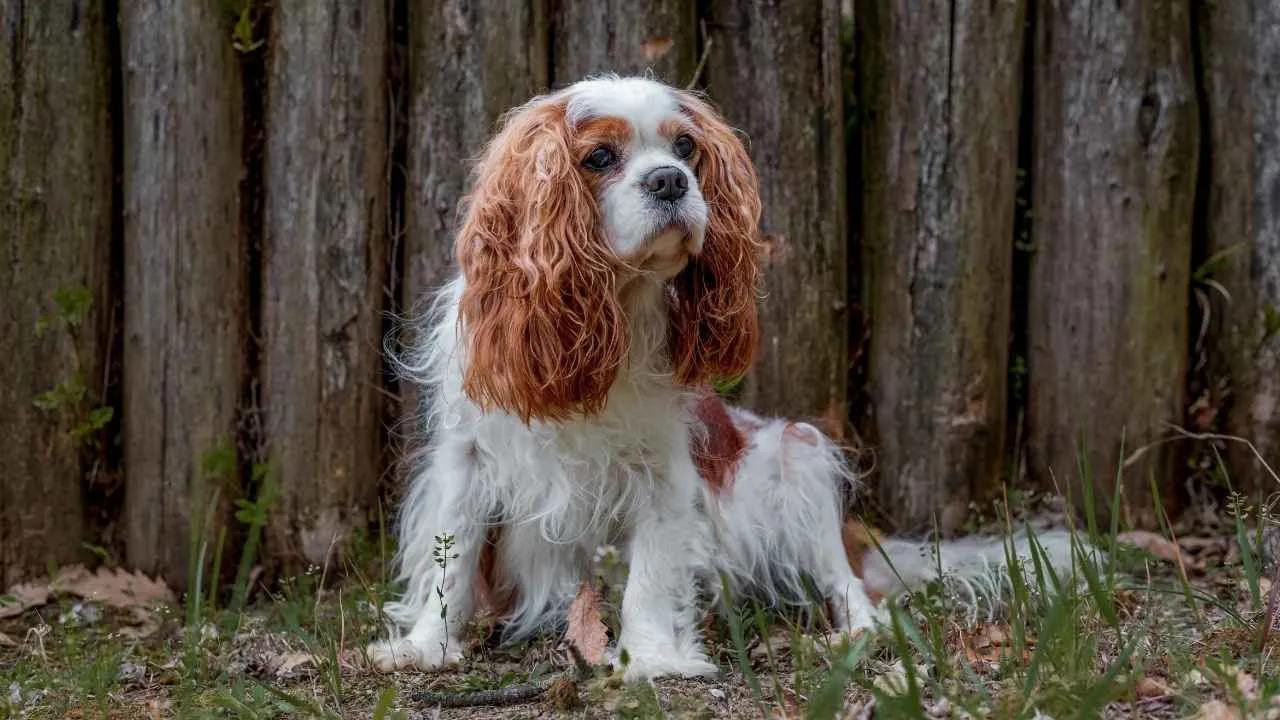
Did You Know: President Ronald Reagan gifted a Cavalier King Charles Spaniel named “Rex” to his wife, Nancy, during his presidency.
Cavaliers are known for their gentle temperament and steady energy levels that don’t demand constant activity. They tend to remain calm when left alone for moderate periods if introduced gradually. Their adaptable nature makes them suitable for quiet households and flexible routines.
Eager Yet Undemanding
Though naturally affectionate, they don’t exhibit excessive clinginess or separation anxiety in most cases. They often choose to rest in familiar spots, especially near the entryway or a favorite blanket. Their behavior usually reflects the overall mood of the environment.
Compact and Apartment-Friendly
Their size makes them comfortable in small spaces without sacrificing comfort or movement. They rarely bark without reason, which helps avoid disturbances in close-living arrangements. Even in shared housing, they fit in with minimal adjustment or noise concerns.
Grooming That Matches Their Lifestyle
Their coat requires regular brushing, but the routine is simple and relaxing when scheduled consistently. Basic maintenance, like ear checks and light trims, keeps them looking tidy without a time-consuming regimen. They’re often content during grooming, showing little resistance to being handled.
4. French Bulldog
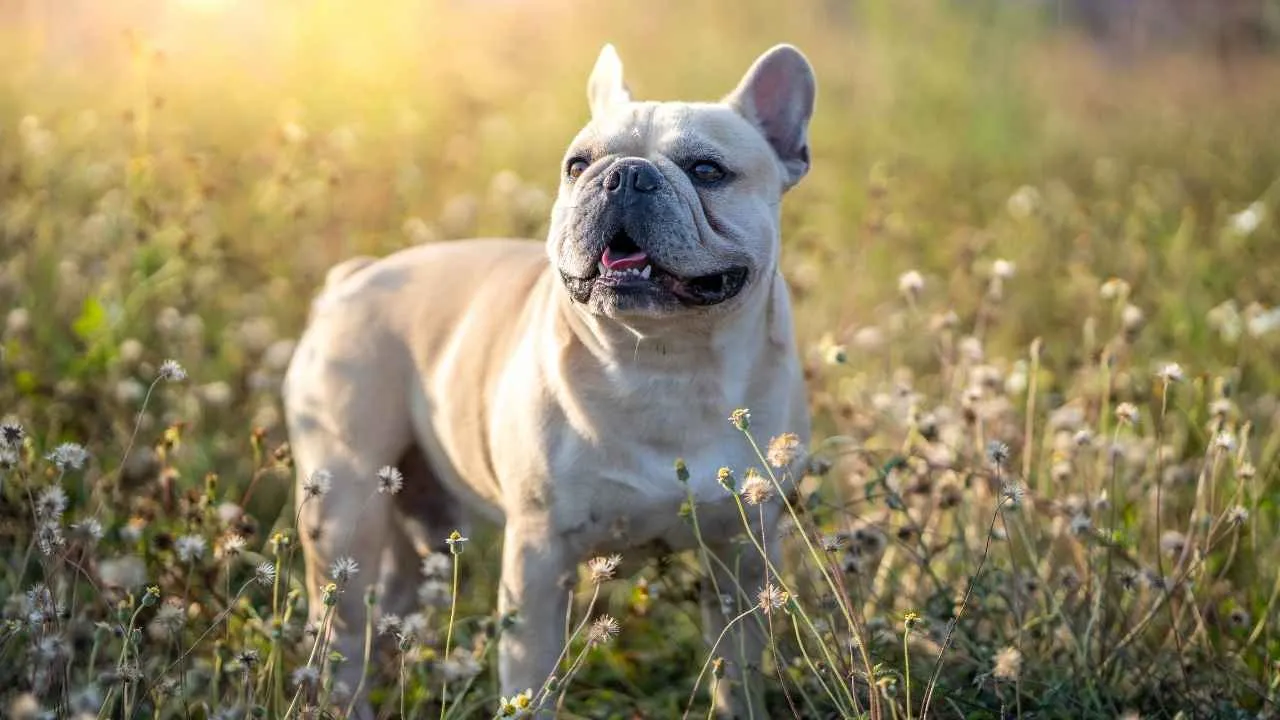
French Bulldogs have a compact body and low exercise needs, making them ideal for smaller spaces. Their short snouts mean they overheat quickly, which naturally limits their activity levels. Most prefer relaxing in cool, quiet environments over vigorous outdoor routines.
Quiet Presence Around the Clock
They rarely bark, making them excellent for apartments or shared housing. Their calm and low-energy behavior helps them adjust to solo hours without stress. With consistent indoor comfort, they can easily maintain their routine without constant supervision.
Low Effort Grooming
A single-layer coat and small frame mean grooming takes very little time or tools. A weekly brush and basic cleaning around their facial folds usually covers all needs. Their overall maintenance is minimal, even for people with tight work schedules.
Personality Without Chaos
Though affectionate, they don’t demand nonstop attention and are often content lounging nearby. They have a known preference for shadowing their owner at a relaxed pace rather than engaging in hyperactive play. They respond well to tone but do not need ongoing commands to stay settled.
5. Boston Terrier
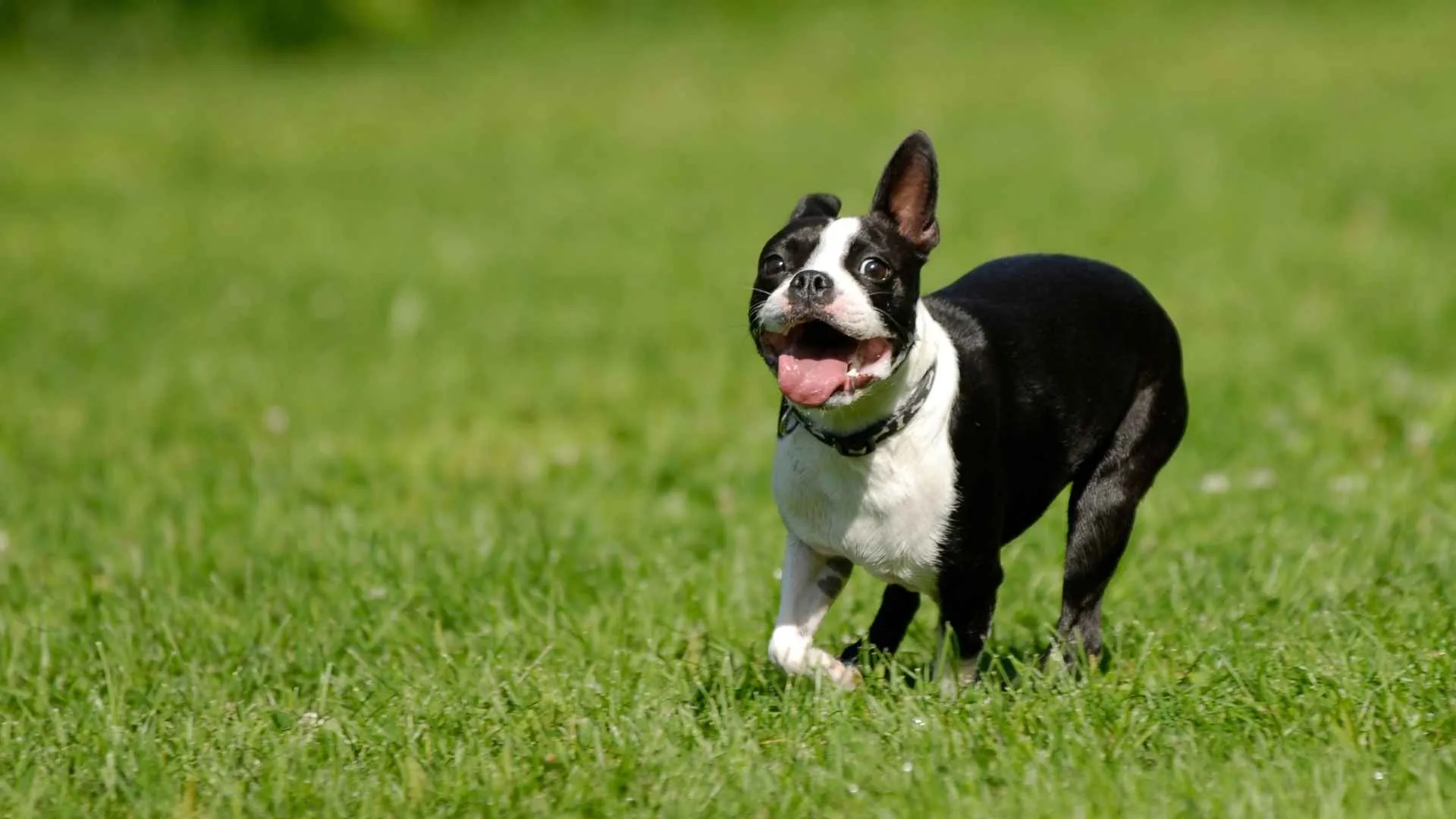
The Boston Terrier’s small size and short snout make them a great fit for apartments or smaller homes. They’re agile indoors and don’t require excessive space to stay active. Their smooth coat also limits cleanup, especially for owners with tighter schedules.
Minimal Grooming with a Clean Look
These dogs naturally stay tidy, with a coat that rarely mats or traps dirt. Weekly brushing and occasional baths are typically all they need. Their expressive eyes may need regular wiping due to slight discharge buildup, especially in dry climates.
Reliable Energy Without Overload
They enjoy bursts of play but don’t demand constant physical activity, as stated in PetMD. A couple of short walks and brief play sessions each day usually satisfy their needs. This makes them manageable even on days with limited free time.
Adjusts Easily to Routine
Boston Terriers are responsive to routine, often syncing their activity levels with their owners’. They can be trained to rest while you’re away and perk up when you’re available. Their loyalty is steady without being demanding or overly attached.
6. Chow Chow
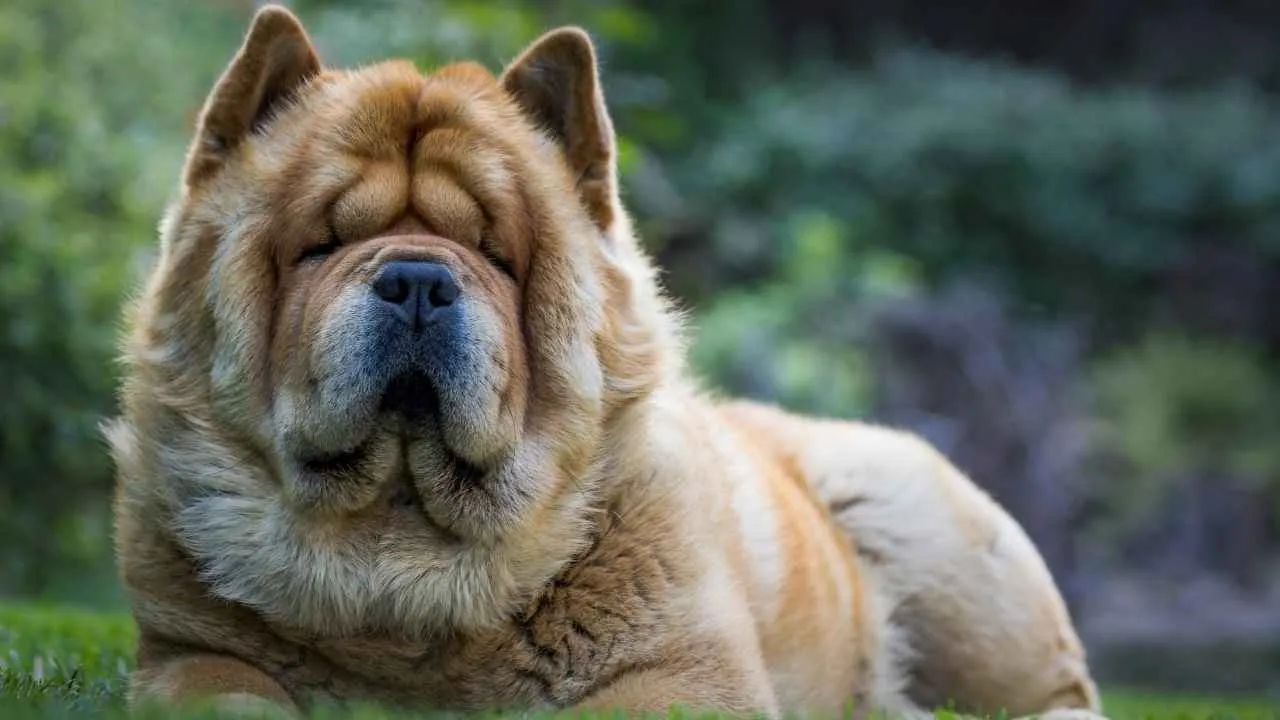
Chow Chows are quiet, observant dogs that often prefer solitude over constant interaction. Their reserved personality allows them to stay calm and undemanding when left alone. They rarely bark without reason, which contributes to their low-disruption presence at home.
Coat That Demands Routine
Their dense double coat requires regular grooming, especially during seasonal shedding periods. Without weekly brushing, mats can form under the arms and around the neck. Owners often keep a consistent grooming schedule to avoid skin issues beneath the thick fur.
Strong-Willed but Predictable
They tend to bond closely with one person and show loyalty through proximity, not affection. Training is easier when handled with consistency and calm guidance instead of force. Their independent nature means they won’t constantly seek attention or stimulation throughout the day.
Calm Indoors with Low Energy Needs
Although sturdy in build, Chow Chows are not hyperactive or prone to restlessness indoors. They’re comfortable with routine walks and enjoy relaxing in their chosen spots for hours. Their lower energy output fits households that value quiet and structure over activity.
7. Whippet
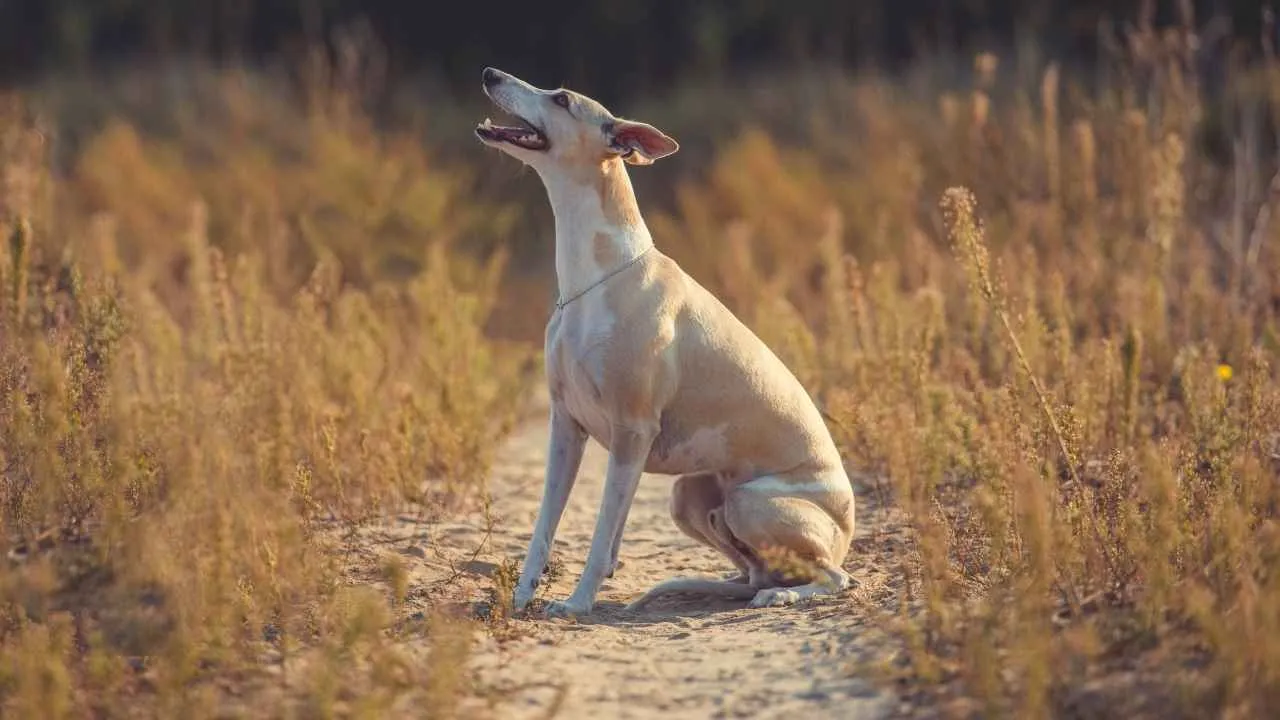
Whippets are often quiet indoors and don’t bark excessively, making them suitable for shared buildings or apartments. They tend to relax most of the day, conserving energy for brief bursts of outdoor running. This rhythm suits professionals who value peace after long hours.
Light Grooming and Minimal Odor
With thin, fine fur and almost no undercoat, they require very little grooming throughout the week. Whippets rarely develop a strong odor and shed only lightly. Bathing them too often can dry out their skin due to their naturally low oil levels.
Emotional Sensitivity and Bonding
They’re known to be emotionally aware, reacting to household energy more than commands. Sudden loud sounds or tension can stress them, but calm, routine environments help them thrive. They often bond with one or two people deeply without being demanding.
Safe Exercise Over Intensity
They enjoy quick sprints but don’t need long or high-energy workouts to stay healthy. Most whippets are satisfied with one or two short walks and a bit of open space weekly. Because of their lean build and thin skin, they benefit from padded beds and warm spaces indoors.
8. Pug
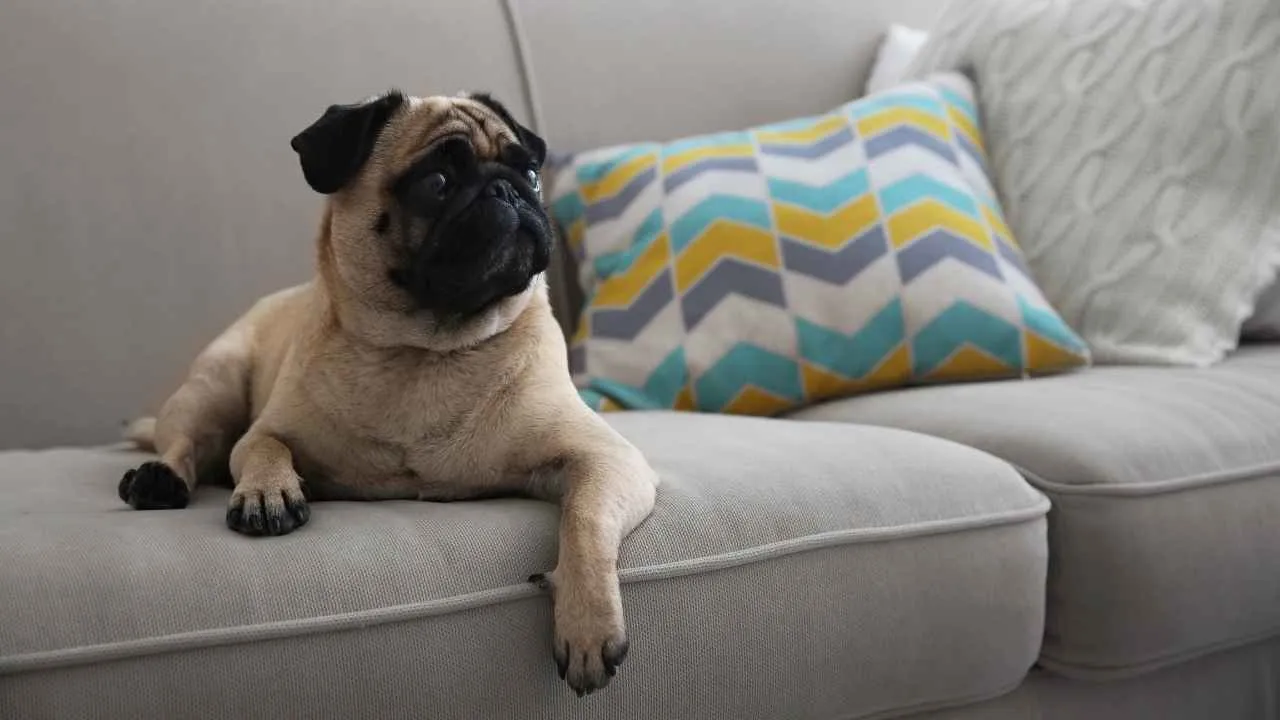
Did You Know: Napoleon’s wife, Josephine, reportedly used her Pug named “Fortune” to carry secret messages when she was imprisoned.
Pugs are highly adaptable to small living spaces due to their moderate activity needs and love for routine. They are known to do well in temperature-controlled environments with minimal outdoor time. Their quiet presence makes them appealing to apartment dwellers who prefer low-energy dogs.
Grooming Needs Hidden by Size
Despite their small frame, Pugs shed more than many short-haired breeds and require frequent brushing, as per Britannica. Their facial folds need gentle cleaning to prevent bacterial buildup. Regular care of their ears and nails is also part of keeping them in healthy condition.
Communication Through Expression
This breed is famous for its wide range of facial expressions, often used to interact non-verbally with humans. They tilt their heads, squint slightly, or make soft vocalizations to respond to common phrases. These cues are often learned naturally just through consistent interaction.
Breathing Patterns and Safety
Their short muzzle can make breathing difficult, especially in humid or hot environments. They are at risk of overheating and often need controlled indoor activity during warmer months. Careful monitoring during walks or travel is essential to avoid respiratory stress.
9. Lhasa Apso
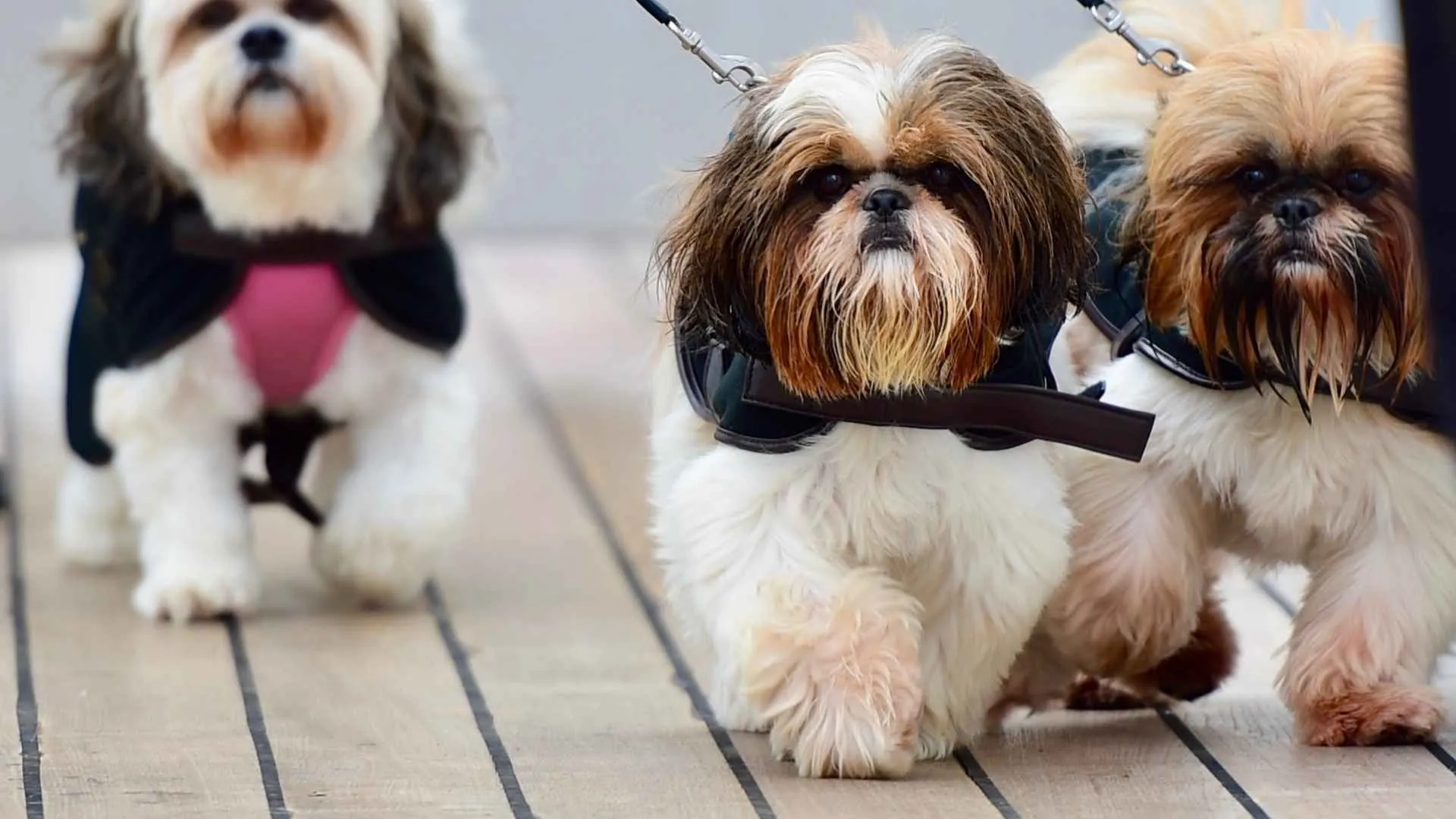
Bred for centuries as watchdogs inside Tibetan monasteries, Lhasa Apsos have a sharp sense of hearing and environmental awareness. They often sit quietly but react quickly to subtle noises or unfamiliar footsteps. Their alert nature makes them naturally tuned in to the home without needing much attention.
Compact and Apartment-Ready
Their small size and calm energy allow them to adjust well to city apartments and indoor routines. They don’t require open space to stay active and prefer staying close to familiar surroundings. Their behavior tends to stay consistent, even with schedule changes.
Low Energy, Not Lazy
Though they enjoy short walks, they aren’t constantly active or demanding. Lhasas are known to enjoy their own space and can comfortably relax on their own for several hours. With mental stimulation like chew toys or light play, they remain content during alone time.
Thick Coat Needs Routine
Their dense double coat is long, straight, and grows continuously, so regular grooming is essential. Many owners opt for puppy cuts to simplify care without sacrificing comfort. Ear hair and tail feathering can trap dust indoors, so routine cleaning helps prevent buildup.
Conclusion
If you’ve ever hesitated about owning a dog while working full-time, know that the right breed can make it work. These dogs are patient, independent, and adjust well to long hours alone, as long as they still get enough exercise and regular companionship.
Whether you live with a family or solo, choosing a breed that’s aligned with your lifestyle is essential. You don’t need to be home 24/7—you just need to be present when it counts.
When you’re ready to take your dog home, focus on breeds that thrive in structure and simplicity. The match matters more than the schedule. With the right dog, peace and partnership are possible.


